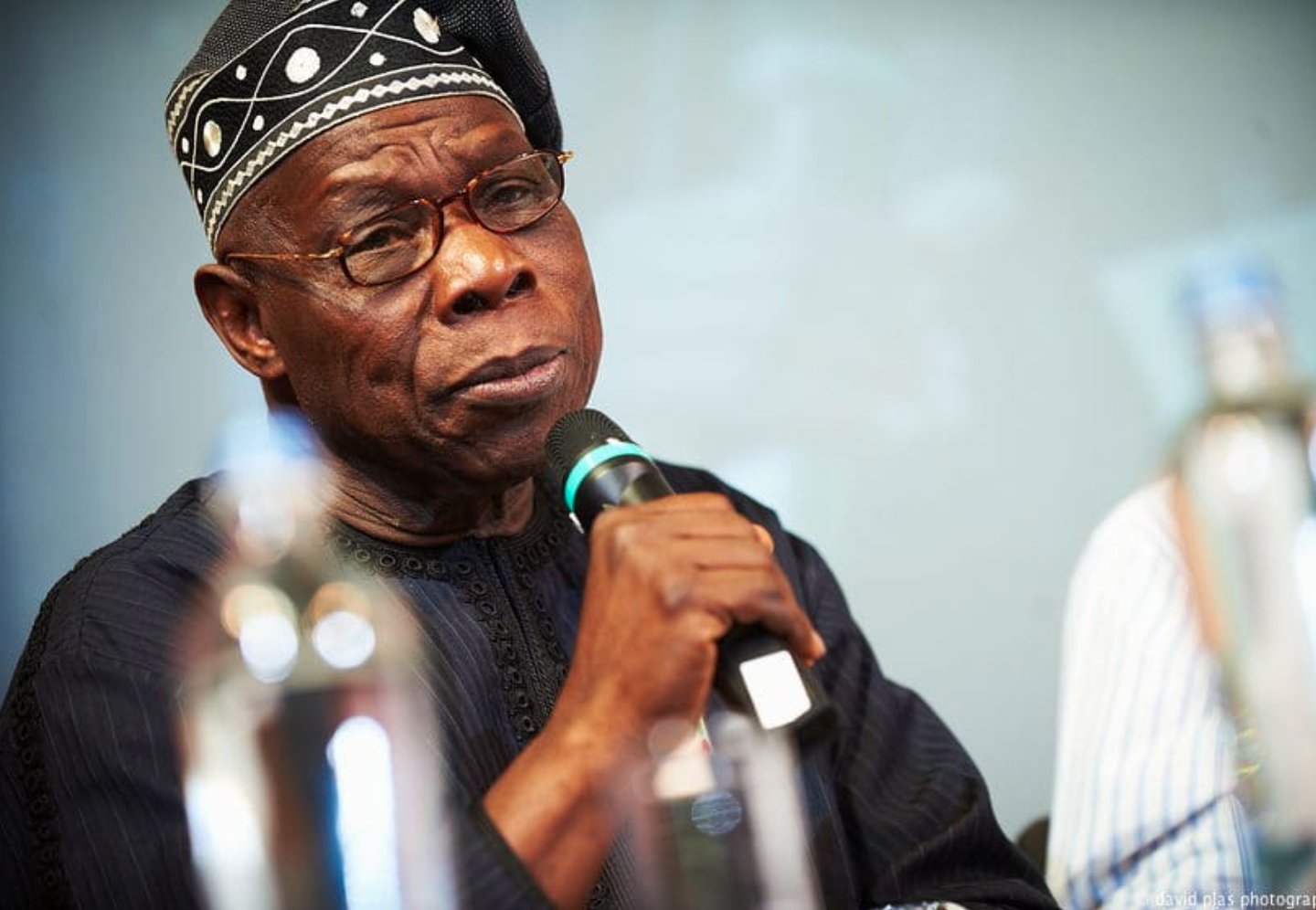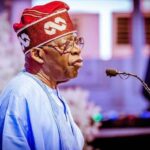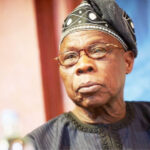Former President Olusegun Obasanjo has finally opened up on how he led the African Union’s Horn of Africa to broker a peaceful resolution in the two-year civil war in Ethiopia.
Obasanjo who is the High Representative of the AU’s Horn of Africa led the peace talk between Ethiopian Army and the Tigray People’s Liberation Front (TPLF).
He said it took him and other African leaders, including former President Uhuru Kenyatta of Kenya and former Deputy President Phumzile Mlambo-Ngcuka of South Africa who were part of the panel, eight months “intense shuttle diplomacy, including eight visits to Mekelle, Capital of Tigray” to broker peace between the two parties.
He gave details of the peace pact in an article he personally wrote and titled “My Ethiopia-Tigray experience and the road to peace.”
Obaseki hails Bendel Insurance for emerging NNL Super 4 champions
Why Nigeria needs to strengthen global peace efforts – UN scribe
The article was made available to newsmen in Abeokuta, Ogun State, by Obasanjo’s Special Assistant on media, Kehinde Akinyemi.
Obasanjo said despite the challenges he encountered while trying to broker peace between the parties he refused to be discouraged.
He said, “The destruction caused in the Tigray region which was the main theater of the war was very high in human and material losses. It has been estimated that no fewer than 600,000 people died directly in battle or as a result of disease and the lack of access to humanitarian aid.
“From the beginning of the civil war in November 2020, there were efforts made at the local, regional, continental and global levels to stop the violence and the accompanying losses. There were efforts by different groups at the national level to prevent degeneration into wars. There were similar efforts at bilateral and regional levels. And when the war began, greater efforts were mounted by friends of Ethiopia and Tigray people to bring about cessation of hostilities, unhindered humanitarian access, the restoration of services, and the search for political solutions to Ethiopia’s conflict.
“Refusing to be discouraged, I continued with visits, consultations, and discussions to get face to start talks between the Federal Government of Ethiopia and the leadership of Tigray people.
“A peace agreement was signed by the delegates and representatives of the Ethiopian Federal Government, TPLF and the Tigray people on Nov. 2.
“After five days of intense discussions in Nairobi Kenya in November, the military commanders agreed on modalities for the implementation of the cessation of hostilities agreement.”
The former President warned that the peace pact must be implemented in good faith to avoid reoccurrence of the crisis.
“The agreement must be implemented in good faith, on the basis of peace with honor and dignity, constitutionality and stability. Peace deals function on building trust, and that trust has to be nurtured, layered and reinforced from inside and outside.
“All leaders of Ethiopia and all Ethiopians with their neighbors, partners and friends must join hands and accept the truth that there is ‘no victor, no vanquished’ if the possibility of peace, common security and shared prosperity, development and progress for all concerned is to be realized.
“The peace agreement and its implementation must be owned by the leaders and people of Ethiopia. The panel and the observers are mere facilitators, there to provide a guiding hand if needed,” he said.

 Join Daily Trust WhatsApp Community For Quick Access To News and Happenings Around You.
Join Daily Trust WhatsApp Community For Quick Access To News and Happenings Around You.


